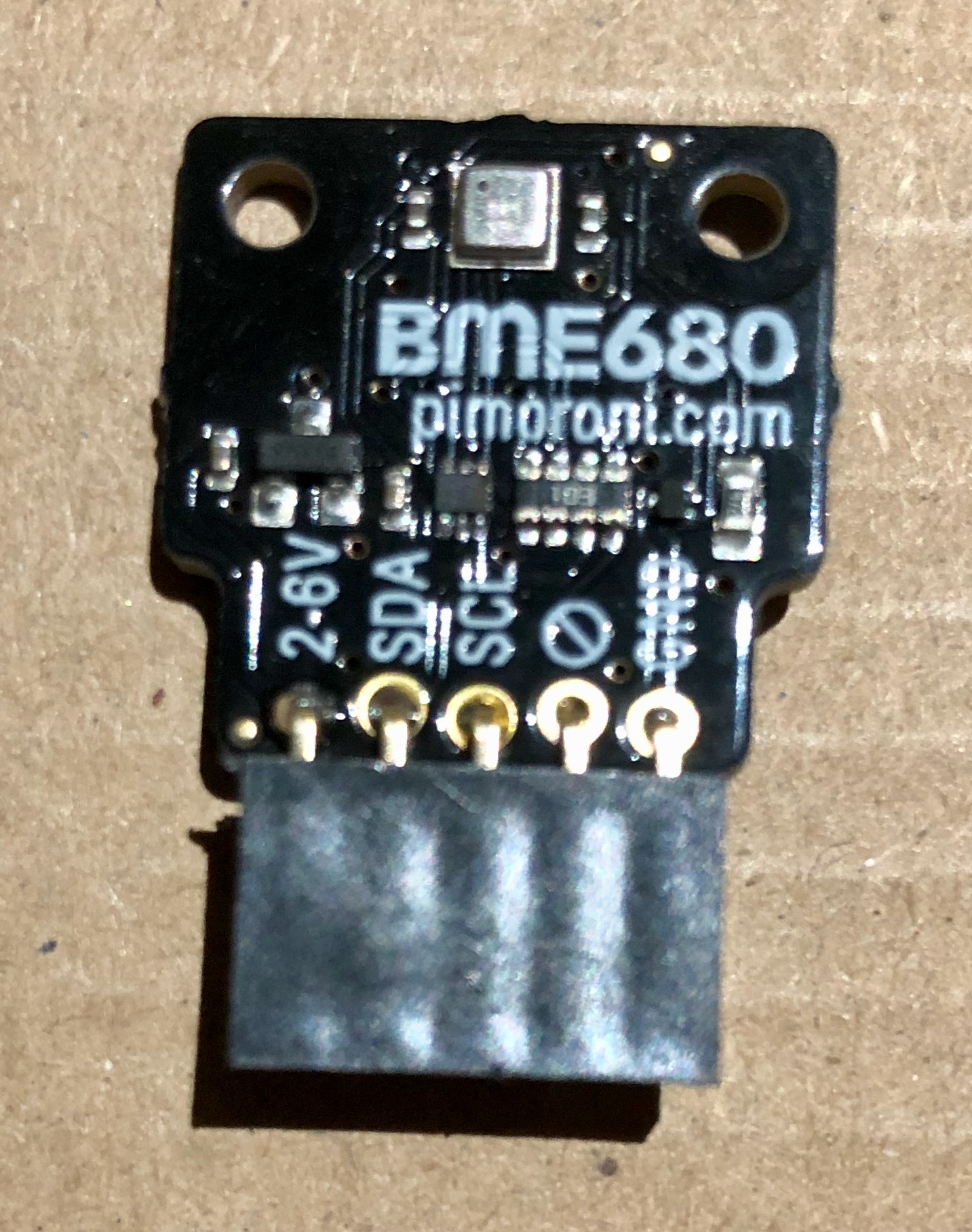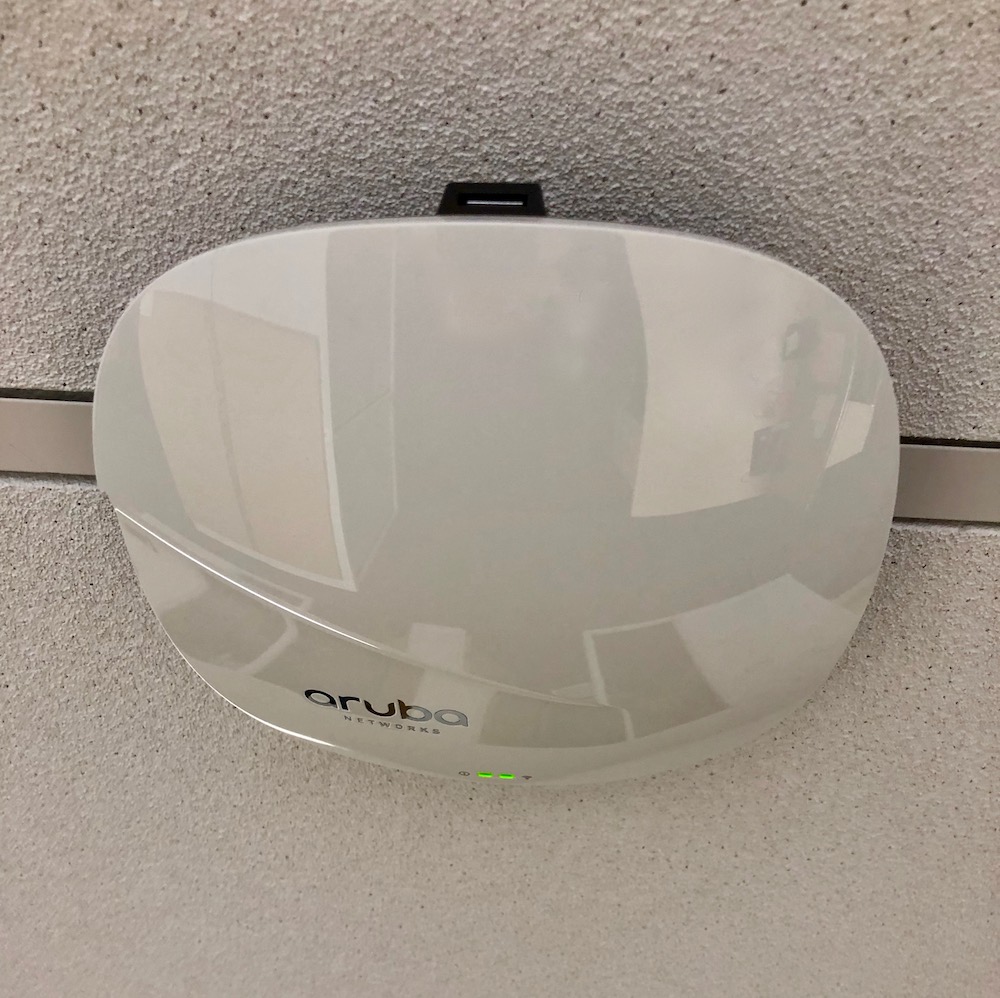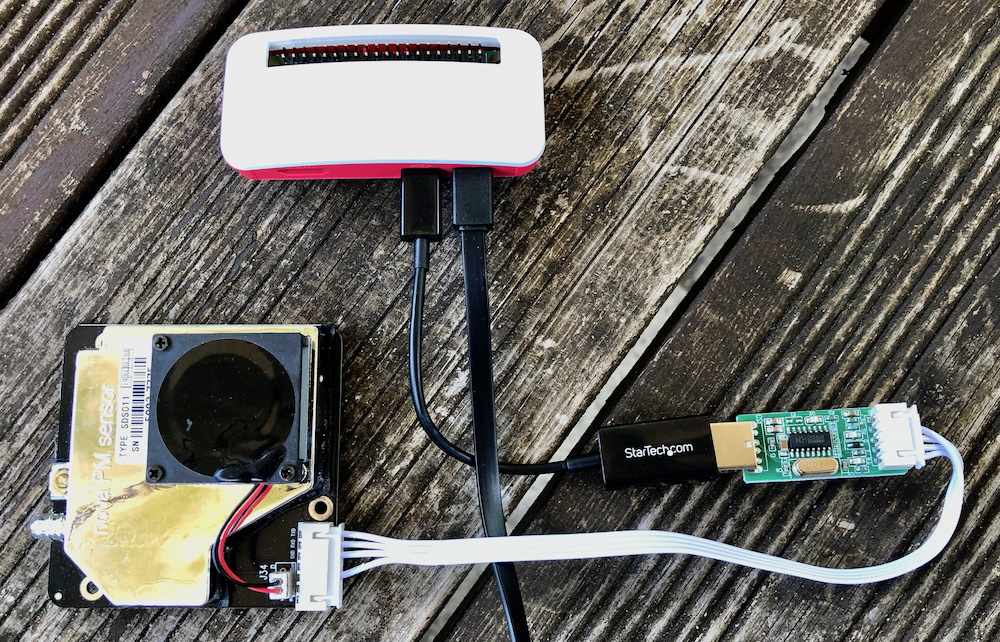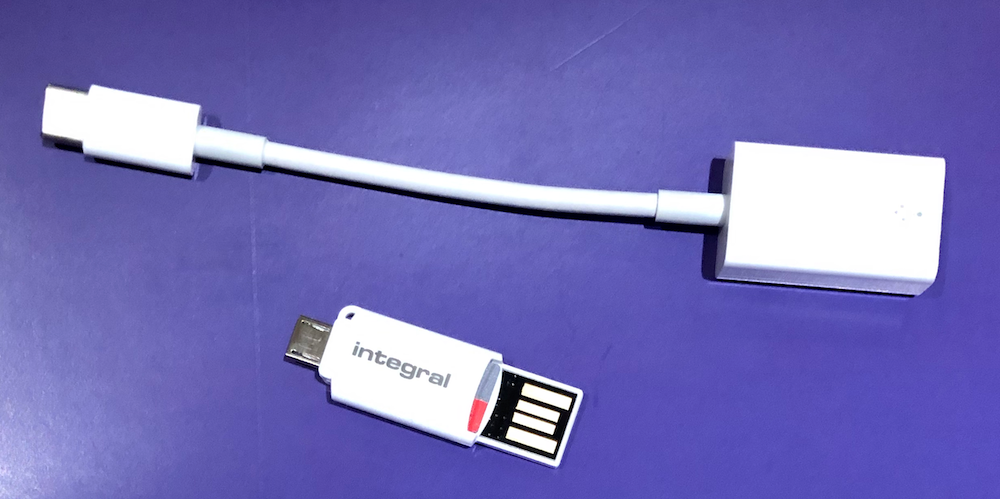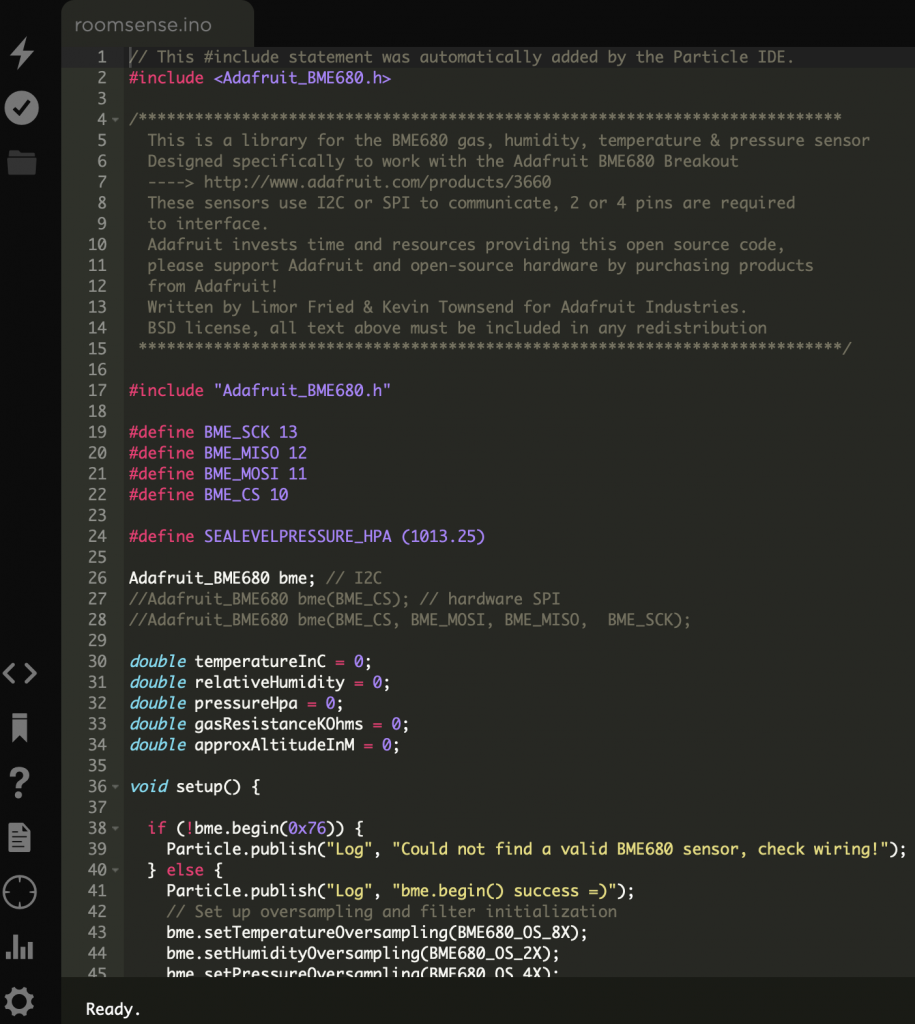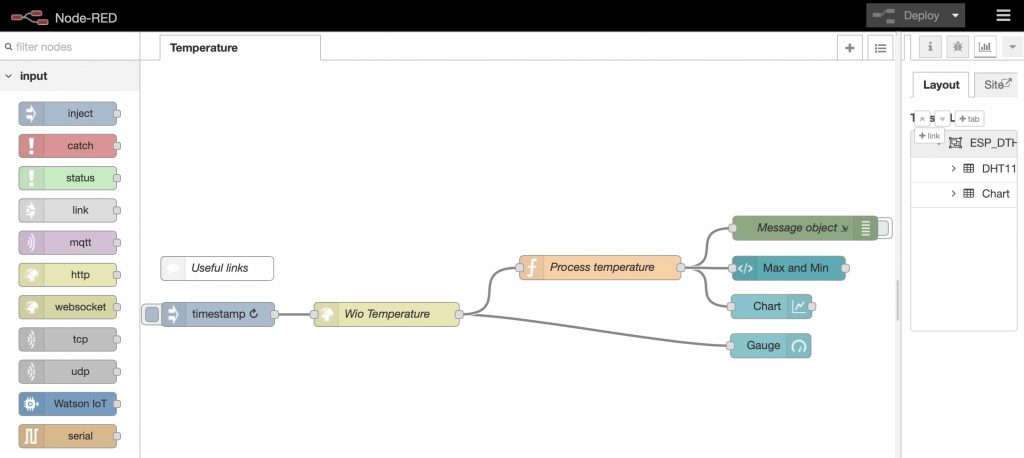Cranfield University considered the sources of road journey traffic time data, and this blog recounts some of that investigation. First of all comes the sources of the data.
Highways England Data
Thanks to the fantastic open data revolution we now have a huge wealth of public data available via the
www.data.gov.uk portal. Here for example we can source data on traffic times from the Highways England agency. Their traffic times data can be obtained from
https://data.gov.uk/dataset/dft-eng-srn-routes-journey-times.
This data series provides average journey time, speed and traffic flow information for 15-minute periods since April 2009 on all morotways and ‘A’ roads managed by the Highways Agency, known as the Strategic Road Network, in England, with journey times and speeds estimated using a combination of sources, including Automatic Number Plate Recognition (ANPR) cameras, in-vehicle Global Positioning Systems (GPS) and inductive loops built into the road surface.
For example, we downloaded the
CSV file: ‘
Feb15.csv‘ relating to February 2015 data. The first line of which by example reads:
| LinkRef |
Link Description |
Date |
Time Period |
AverageJT |
Average Speed |
Data Quality |
Link Length |
Flow |
| AL215 |
A120 between A133 and A1232 (AL215) |
2015-02-10 00:00:00 |
67 |
305.47 |
105.12 |
1 |
8.9200000762939453 |
286.50 |
This line of data relates to a
stretch of road north of Colchester, UK on the A120. Key information here being that on 10
th February 2015, for this c.9km stretch of road, it took 287 seconds (c4.8mins) to drive. The time of day is given as 67. This number is one of 96 15-minute intervals in the day that the data refers to (0-95 where 0 indicates 00:00 to 00:15). 67 is therefore 4:45:00 PM to 5:00:00 PM (see a useful table at the end of this article for working this out).
Google Traffic Data
Another useful source of data is from Google. The Google routing and traffic functions can be used by making a call to the Google ‘Distance Matrix’ API, described here:
https://developers.google.com/maps/documentation/distance-matrix/intro#traffic-model
Using the excellent ‘
Postman‘ tool, We can formulate and test a REST call to the Google distancematrix API.
https://maps.googleapis.com/maps/api/distancematrix/json?units=metric&origins=enc:{s{{H{ovD:&destinations=enc:g{t{HqtiE:&departure_time=now&traffic_model=best_guess&key=<API KEY>
Parameters for this API are as follows:
units = metric values (e.g. km)
origins = startint point (encoded)
destinations = finish point (encoded)
departure time = can’t be historical, ‘now’ = keyword
traffic model = best guess (not optimistic/pessimistic)
API key = the personal API
The parameters
origins and
destinations hold locations in latitude and longitude. As an alternative to decimal degree values for these, there can be encoded values used in the URL.
To encode loctions the polyline utility can be used: See https://developers.google.com/maps/documentation/utilities/polylineutility
The resultant response to this REST call, made using Postman to send query off (GET), is:
{
"destination_addresses": [
"A120, Colchester CO7, UK"
],
"origin_addresses": [
"A120, Ardleigh, Colchester CO7, UK"
],
"rows": [
{
"elements": [
{
"distance": {
"text": "8.0 km",
"value": 7993
},
"duration": {
"text": "5 mins",
"value": 278
},
"duration_in_traffic": {
"text": "5 mins",
"value": 301
},
"status": "OK"
}
]
}
],
"status": "OK"
}
Key information here being that at the time of making the call (‘now’), for this c.8km stretch of road, it took between 278 to 301 seconds (c4.6 to 5.0 mins) to drive. Key to this is the difference between the ‘duration’ and ‘duration_in_traffic’ values. Google note the allows you to ‘receive a route and trip duration (response field: duration_in_traffic) that take traffic conditions into account’. Note that ‘the departure_time must be set to the current time or some time in the future. It cannot be in the past’.
So in this way the Google approach allows a definition of the delays in drive time caused by traffic conditions. Although this cannot be determined retrospectively, a speculative future date can be selected whereby a prediction is made based on previous traffic conditions.
Utilities
The table used to calculate the time period for the Highways England data, described above:
| Period |
From |
To |
| 0 |
12:00:00 AM |
12:15:00 AM |
| 1 |
12:15:00 AM |
12:30:00 AM |
| 2 |
12:30:00 AM |
12:45:00 AM |
| 3 |
12:45:00 AM |
1:00:00 AM |
| 4 |
1:00:00 AM |
1:15:00 AM |
| 5 |
1:15:00 AM |
1:30:00 AM |
| 6 |
1:30:00 AM |
1:45:00 AM |
| 7 |
1:45:00 AM |
2:00:00 AM |
| 8 |
2:00:00 AM |
2:15:00 AM |
| 9 |
2:15:00 AM |
2:30:00 AM |
| 10 |
2:30:00 AM |
2:45:00 AM |
| 11 |
2:45:00 AM |
3:00:00 AM |
| 12 |
3:00:00 AM |
3:15:00 AM |
| 13 |
3:15:00 AM |
3:30:00 AM |
| 14 |
3:30:00 AM |
3:45:00 AM |
| 15 |
3:45:00 AM |
4:00:00 AM |
| 16 |
4:00:00 AM |
4:15:00 AM |
| 17 |
4:15:00 AM |
4:30:00 AM |
| 18 |
4:30:00 AM |
4:45:00 AM |
| 19 |
4:45:00 AM |
5:00:00 AM |
| 20 |
5:00:00 AM |
5:15:00 AM |
| 21 |
5:15:00 AM |
5:30:00 AM |
| 22 |
5:30:00 AM |
5:45:00 AM |
| 23 |
5:45:00 AM |
6:00:00 AM |
| 24 |
6:00:00 AM |
6:15:00 AM |
| 25 |
6:15:00 AM |
6:30:00 AM |
| 26 |
6:30:00 AM |
6:45:00 AM |
| 27 |
6:45:00 AM |
7:00:00 AM |
| 28 |
7:00:00 AM |
7:15:00 AM |
| 29 |
7:15:00 AM |
7:30:00 AM |
| 30 |
7:30:00 AM |
7:45:00 AM |
| 31 |
7:45:00 AM |
8:00:00 AM |
| 32 |
8:00:00 AM |
8:15:00 AM |
| 33 |
8:15:00 AM |
8:30:00 AM |
| 34 |
8:30:00 AM |
8:45:00 AM |
| 35 |
8:45:00 AM |
9:00:00 AM |
| 36 |
9:00:00 AM |
9:15:00 AM |
| 37 |
9:15:00 AM |
9:30:00 AM |
| 38 |
9:30:00 AM |
9:45:00 AM |
| 39 |
9:45:00 AM |
10:00:00 AM |
| 40 |
10:00:00 AM |
10:15:00 AM |
| 41 |
10:15:00 AM |
10:30:00 AM |
| 42 |
10:30:00 AM |
10:45:00 AM |
| 43 |
10:45:00 AM |
11:00:00 AM |
| 44 |
11:00:00 AM |
11:15:00 AM |
| 45 |
11:15:00 AM |
11:30:00 AM |
| 46 |
11:30:00 AM |
11:45:00 AM |
| 47 |
11:45:00 AM |
12:00:00 PM |
| 48 |
12:00:00 PM |
12:15:00 PM |
| 49 |
12:15:00 PM |
12:30:00 PM |
| 50 |
12:30:00 PM |
12:45:00 PM |
| 51 |
12:45:00 PM |
1:00:00 PM |
| 52 |
1:00:00 PM |
1:15:00 PM |
| 53 |
1:15:00 PM |
1:30:00 PM |
| 54 |
1:30:00 PM |
1:45:00 PM |
| 55 |
1:45:00 PM |
2:00:00 PM |
| 56 |
2:00:00 PM |
2:15:00 PM |
| 57 |
2:15:00 PM |
2:30:00 PM |
| 58 |
2:30:00 PM |
2:45:00 PM |
| 59 |
2:45:00 PM |
3:00:00 PM |
| 60 |
3:00:00 PM |
3:15:00 PM |
| 61 |
3:15:00 PM |
3:30:00 PM |
| 62 |
3:30:00 PM |
3:45:00 PM |
| 63 |
3:45:00 PM |
4:00:00 PM |
| 64 |
4:00:00 PM |
4:15:00 PM |
| 65 |
4:15:00 PM |
4:30:00 PM |
| 66 |
4:30:00 PM |
4:45:00 PM |
| 67 |
4:45:00 PM |
5:00:00 PM |
| 68 |
5:00:00 PM |
5:15:00 PM |
| 69 |
5:15:00 PM |
5:30:00 PM |
| 70 |
5:30:00 PM |
5:45:00 PM |
| 71 |
5:45:00 PM |
6:00:00 PM |
| 72 |
6:00:00 PM |
6:15:00 PM |
| 73 |
6:15:00 PM |
6:30:00 PM |
| 74 |
6:30:00 PM |
6:45:00 PM |
| 75 |
6:45:00 PM |
7:00:00 PM |
| 76 |
7:00:00 PM |
7:15:00 PM |
| 77 |
7:15:00 PM |
7:30:00 PM |
| 78 |
7:30:00 PM |
7:45:00 PM |
| 79 |
7:45:00 PM |
8:00:00 PM |
| 80 |
8:00:00 PM |
8:15:00 PM |
| 81 |
8:15:00 PM |
8:30:00 PM |
| 82 |
8:30:00 PM |
8:45:00 PM |
| 83 |
8:45:00 PM |
9:00:00 PM |
| 84 |
9:00:00 PM |
9:15:00 PM |
| 85 |
9:15:00 PM |
9:30:00 PM |
| 86 |
9:30:00 PM |
9:45:00 PM |
| 87 |
9:45:00 PM |
10:00:00 PM |
| 88 |
10:00:00 PM |
10:15:00 PM |
| 89 |
10:15:00 PM |
10:30:00 PM |
| 90 |
10:30:00 PM |
10:45:00 PM |
| 91 |
10:45:00 PM |
11:00:00 PM |
| 92 |
11:00:00 PM |
11:15:00 PM |
| 93 |
11:15:00 PM |
11:30:00 PM |
| 94 |
11:30:00 PM |
11:45:00 PM |
| 95 |
11:45:00 PM |
12:00:00 AM |
]]>
